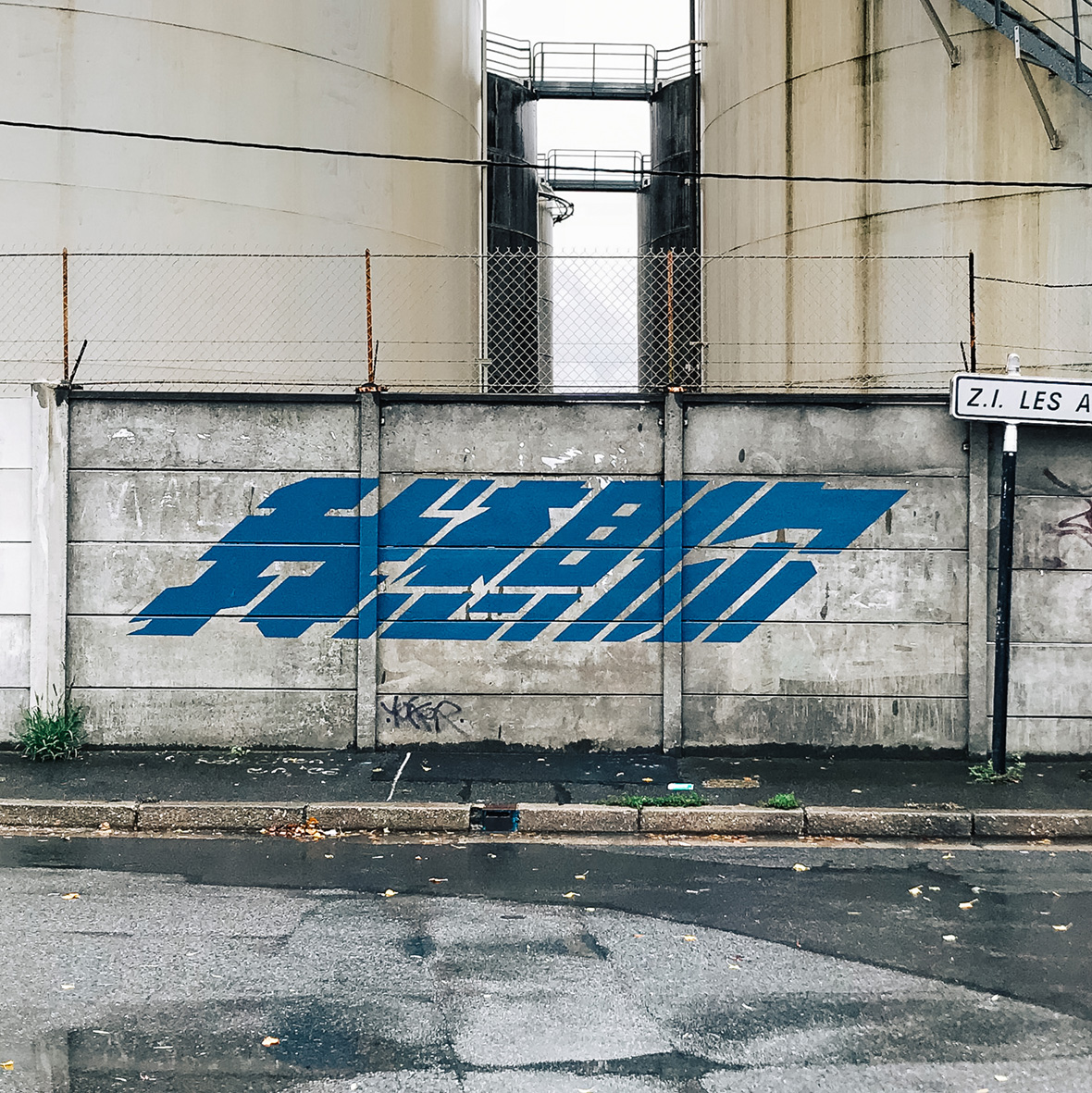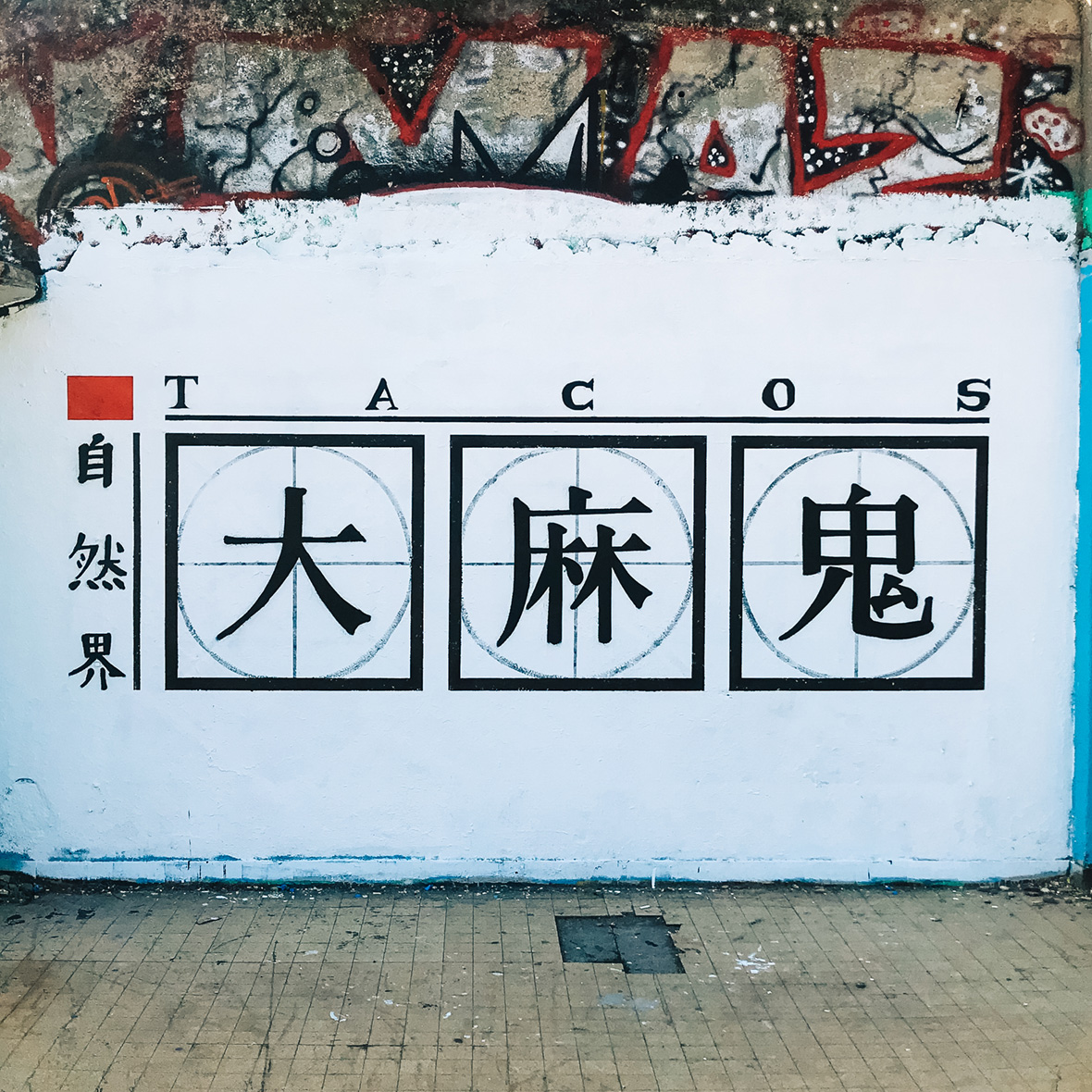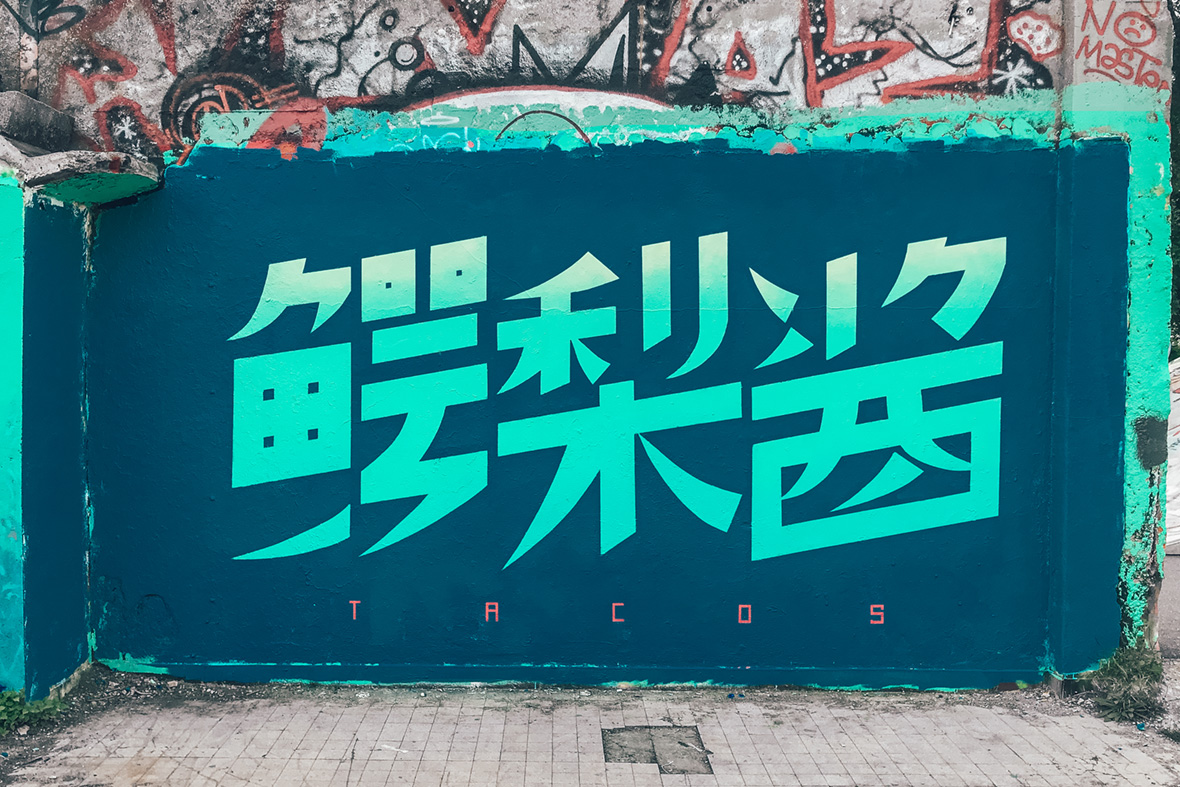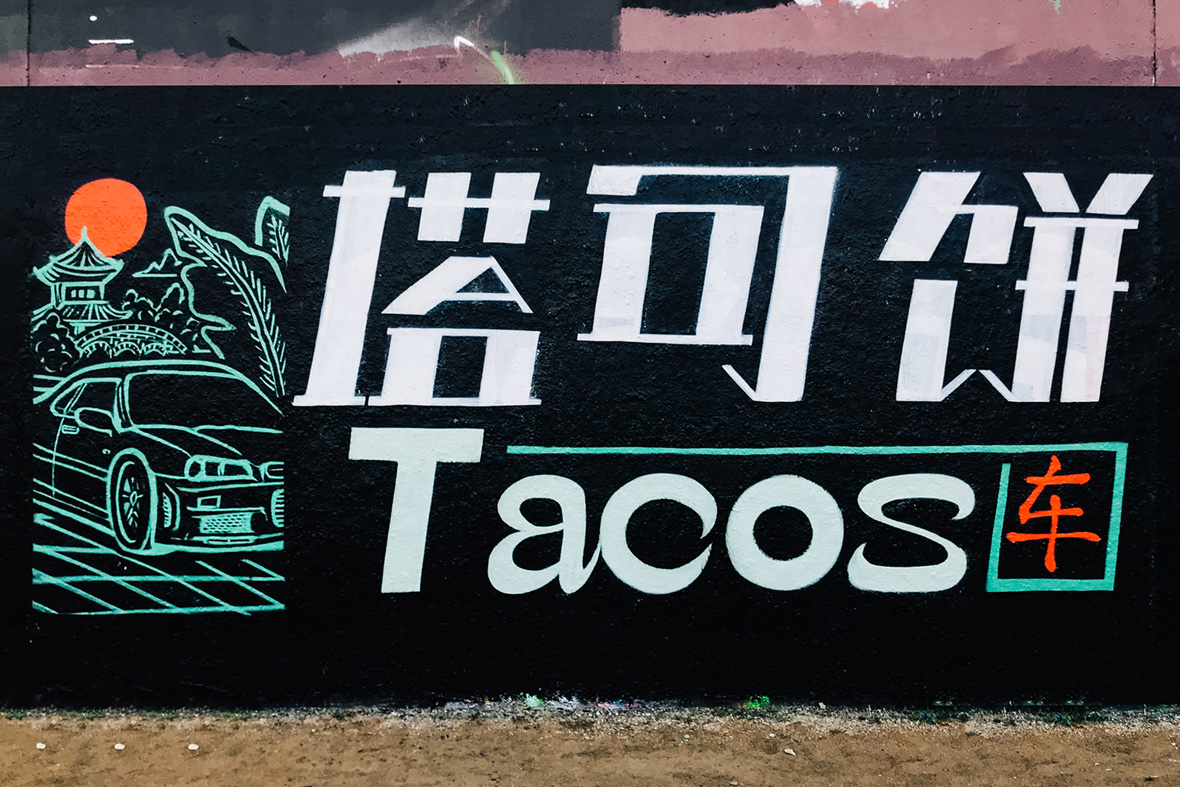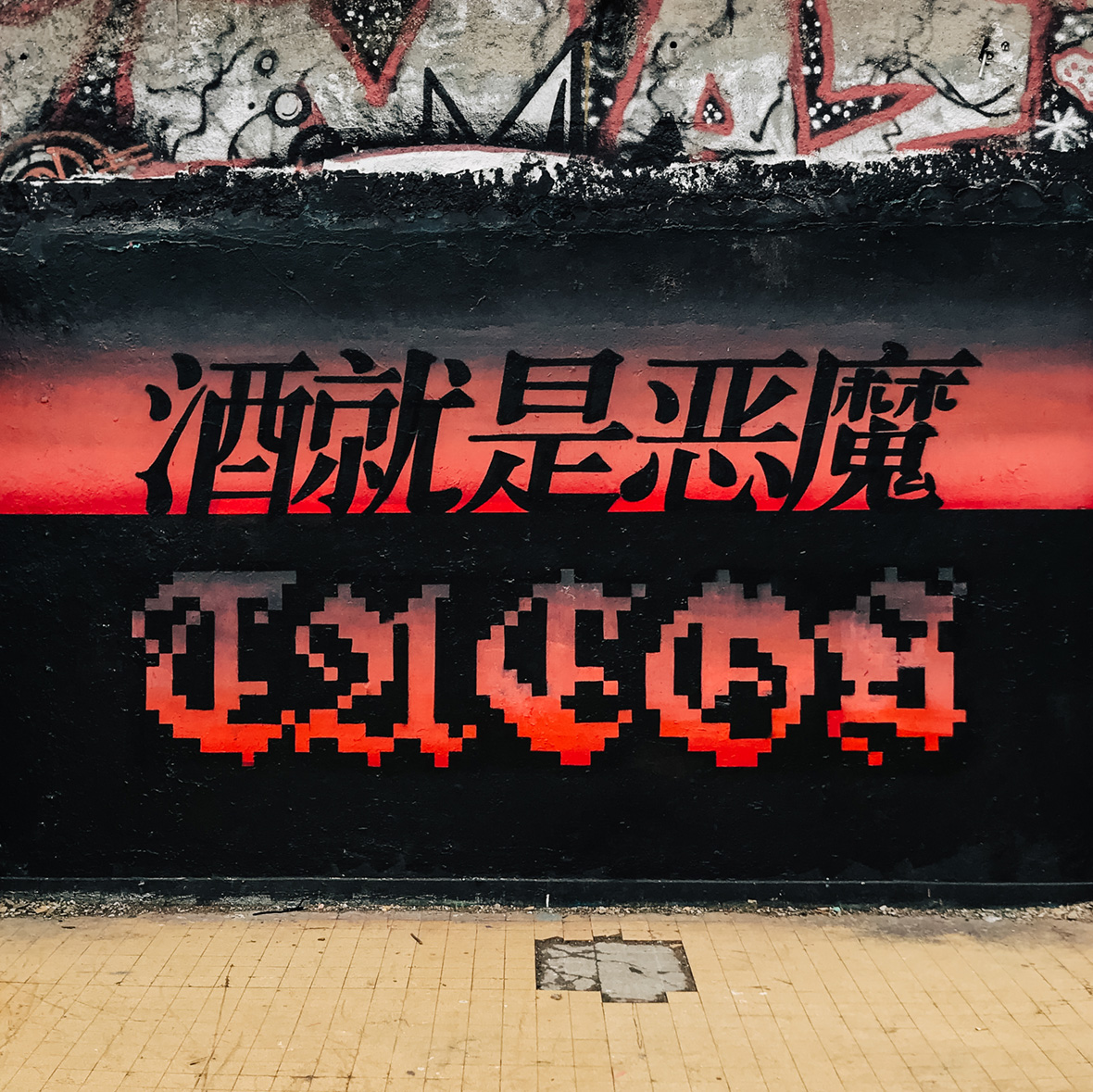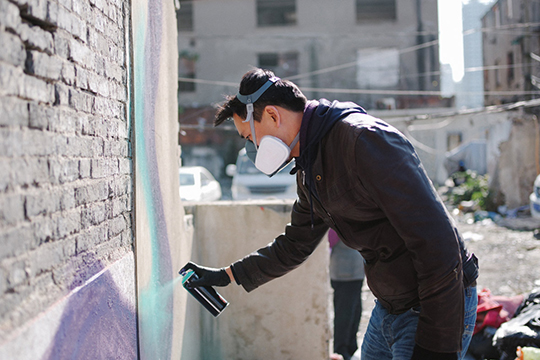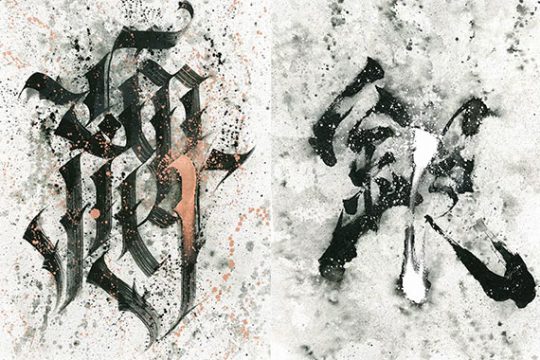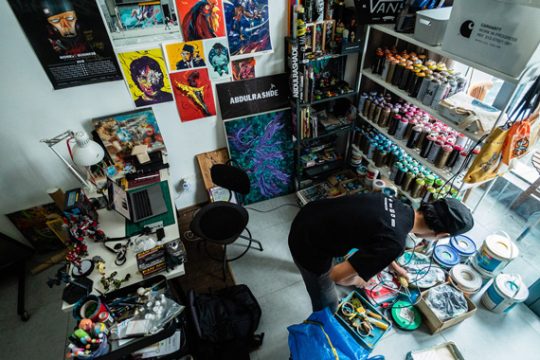
Graffiti is still rare in China, and it’s even harder to find graffiti written in Chinese. Although graffiti culture went global decades ago, it’s still mainly written with the Latin alphabet, even in countries that use something entirely different. Tacos is working to change that by writing in Chinese characters. But this artist named after a Mexican food isn’t even Chinese, he’s French. So, to clarify, this is a French guy named after a Mexican food who writes in Chinese. (We’ll explain.)
现如今,文字涂鸦在中国依然很少见,你甚至很难在大街上看到汉字文本的涂鸦。尽管这种文化在几十年前就已普及到全球,在不同的国家也有不同的呈现,但涂鸦文化主要仍以拉丁字母为主。来自法国的 Tacos 正在努力通过用汉字书写来改变这样的局面,没错,他的名字取自墨西哥街头美食,在法国街头用汉字创作涂鸦。(详见下文。)
Tacos spent much of his childhood in China, living on the outskirts of Shanghai from 12 to 18, and those were the years when he learned to write graffiti. He went to a French school inside his father’s company compound. “One of my classmates was from Paris and already wrote graffiti, so he introduced me to it.” Together they hunted around the large complex, finding hidden factory walls to paint and experiment on. He picked the name Tacos, because he thought it was funny and it’s a condensed version of Tom Colussi, his real name.
Tacos 的大部分童年时光在中国度过,12 至 18 岁时,上海市郊生活的他开始接触并学习涂鸦。学生时代,Tacos 在父亲公司的大院里长大,“当时班上有一位来自巴黎的同学,那时候他已经开始涂鸦文字了,也是他带我上道的。”后来,他们经常在大型建筑和隐蔽的工厂墙壁附近摸索,寻找可以用来图画和实验的机会。而 Tacos 之所以选择以墨西哥美食为名,是因为他本人觉得很有意思,而且 Tacos 也可以被理解为他真实姓名 Tom Colussi 的简写。
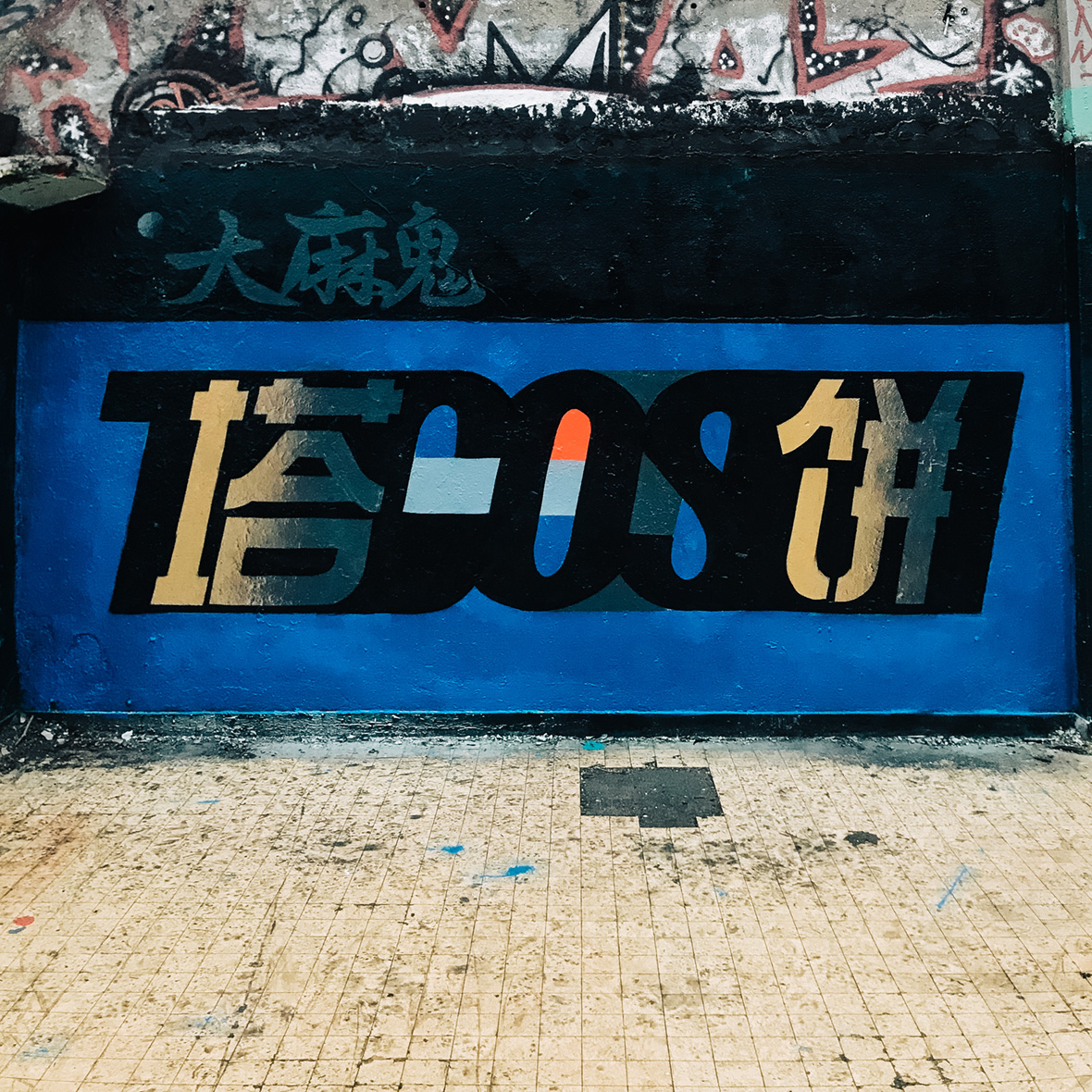
At first, Tacos wanted to paint in Shanghai, but everyone warned him against it, saying there were too many cameras and that he’d get caught. Other than Moganshan Road, a small strip where graffiti is tolerated, there’s not much graffiti to speak of. Occasionally he’d find walls in the city to paint, using the numbers painted by hustlers advertising their plumbing or handyman services as a guide for what he could get away with. But for the most part, he stayed in his satellite suburb. “You have Shanghai, this huge city, with no graffiti at all. Then our small town that’s covered in it. It was pretty cool.” But he was still writing with the Latin alphabet back then.
At 18, Tacos moved back to France for college, where he studied typography. He had gotten bored with the old graffiti standards and was looking for something else. A new type of graffiti called anti-style that favored messier, intentionally ugly work was emerging at the time, but he couldn’t get on board with it. “I came from a period that focused on being clean and complicated,” he explains. “I couldn’t abandon can control.”
Instead, he turned to other types of new, digitally inspired graffiti, like calligraffiti and graffuturism, which happened to align with his typography studies. But he was still looking for a better way to stand out. And that’s when he decided to write in Chinese characters.
Tacos 最开始尝试涂鸦的时候,身边朋友都劝阻他不要这么做,因为到处都是监控,他很容易被抓。而在上海普陀区莫干山路的情况虽然不太一样,那条小路已经没有太多可以用来涂鸦的墙面。在城市中,能找到合适的墙面算万幸,好不容易找到一块儿地方,他们还需要伪装成管道维修或家政服务的街头广告人员,避免了一些不必要的麻烦。大部分时候,Tacos 住在市区周边,“上海这么大的城市,一个涂鸦也找不到。而我所居住的小镇到处都是涂鸦,那儿很酷。”那时候的他,还未使用汉字创作。
高中时期,18 岁的 Tacos 回到法国。在那里,他学习了字体设计,但逐渐对守旧的字体标准感到厌倦,想琢磨点新的名堂。当时有一种名为 Anti-Style 的涂鸦样式曾名声狼藉,但这种刻意的 “丑陋” 同样也不是 Tacos 想要的。他说:“我来自一个粗中带细的涂鸦时代,我不能摒弃自己的初衷。”
取而代之的是,Tacos 的步伐朝着 “书法涂鸦”(Calligraffiti)和 “未来涂鸦”(Graffuturism)等一系列受电子技术影响的样式迈进,和他所学的字体设计很好地融合在一起。但当时的他仍在寻找脱颖而出的方式,也是在那个时候,他拿起画笔写起了中国字。
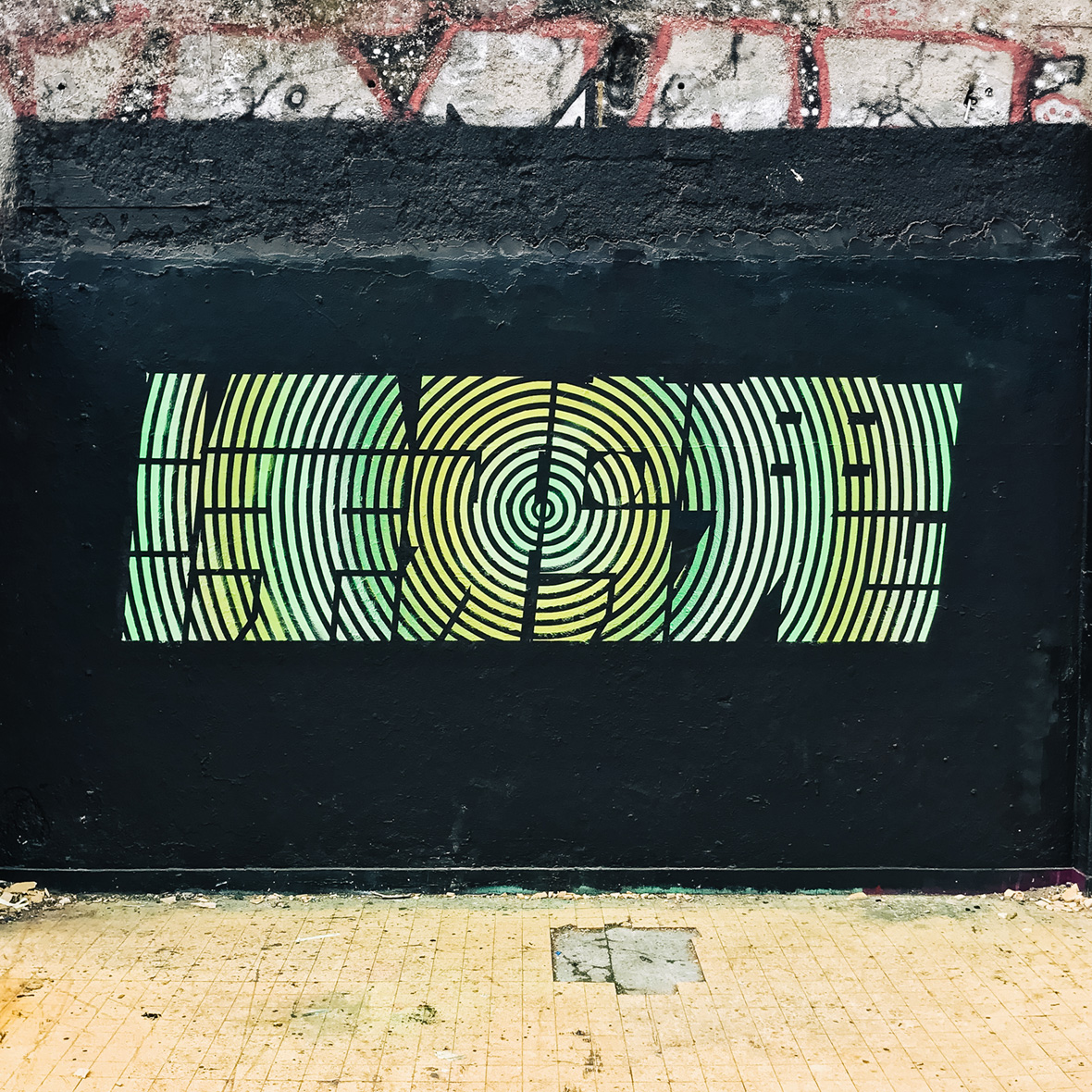
Tacos had seen other writers start adding Chinese signatures to their burners, and he took the next step. About two years ago he started writing almost exclusively in Chinese. “At first I just started writing my name in characters, but there isn’t an exact translation. So I went to Mexican restaurants in Shanghai and looked at their menus,” he says. But soon he wanted to begin writing other words and messages, like Alcohol Is The Devil, Graffiti Monster, and Guacamole. “Chinese and Japanese people here in France seem to like it, but they’re always confused to see me painting it because I’m a white guy. They usually assume I don’t know what I’m writing. Sometimes they stop and read it and smile, because it says something like ‘burrito.’”
Tacos 看到越来越多的涂鸦艺术家开始在作品上签中文名,而他则以更意想不到的方式来做。大约在两年前 Tacos 才开始专门用汉字创作,“最开始用英文 ‘Tacos’ 写我的名字,发现特别确切的中文翻译。于是我来到上海一家墨西哥餐厅,专门看他们的菜单寻找对应的汉字。不久之后,我开始尝试更多汉字,比如 ‘酒精’、‘魔鬼’、‘涂鸦怪兽’、‘鳄梨’ 等等字样。法国的中国和日本人都很喜欢这样的涂鸦,但是当他们看到一个白种人能做出这样的作品,会觉得有些诧异。他们会以为我不知道在写什么,有时候会停下脚步笑着读出墙上的字,因为上面写着 ‘墨西哥卷饼’ 的字样。”
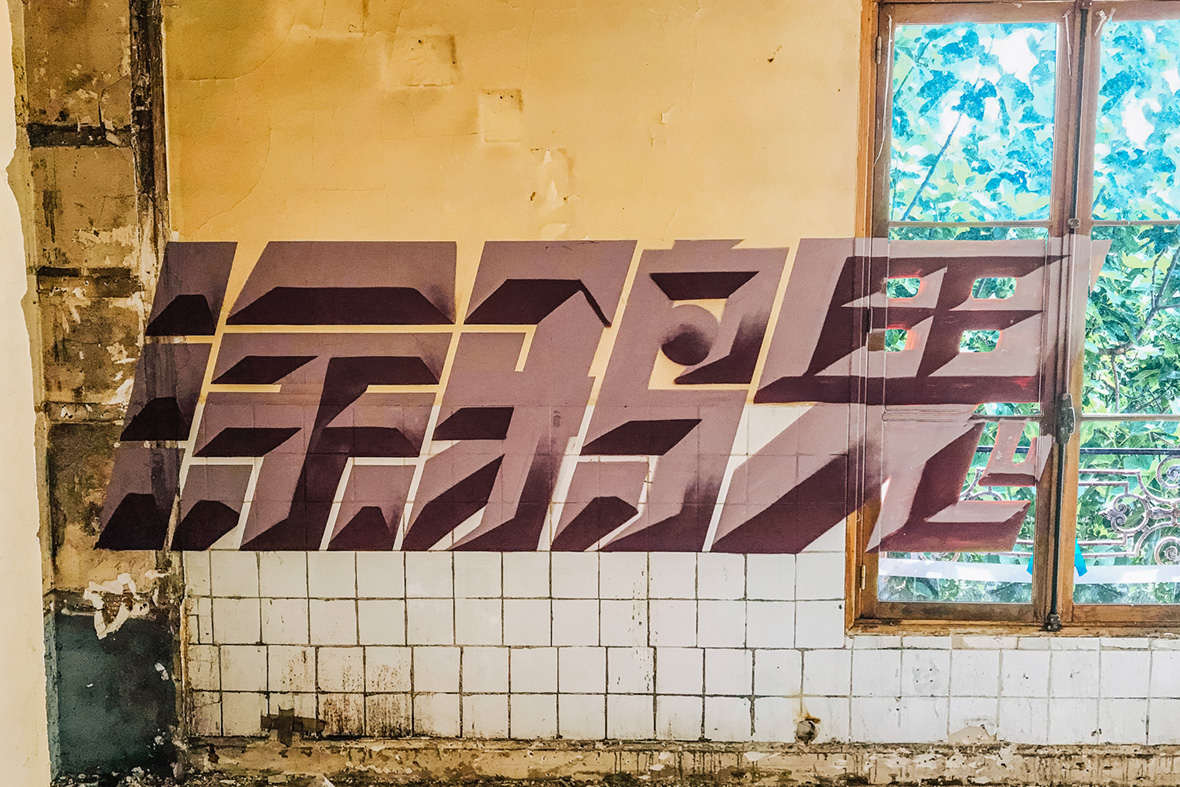
Tacos isn’t the only graffiti artist writing in Chinese. In fact, he says he’s seeing more of it recently, pointing to Chen Shisan as a prime example. But rather than turning to other artists for inspiration, he mostly looks to local handymen who paint advertisements for their services. “They were basically catching tags, plastering their names everywhere,” he says. “A lot of it was even done with spray paint, and they had lots of can control techniques. They had a lot in common with graffiti and didn’t even realize it.” He’s not the only one to appreciate their work, and HKWalls even invited “The Plumber King” to be a part of their street art festival earlier this year.
Tacos 并不是唯一一位用汉字涂鸦的艺术家。事实上,Tacos 说近来有越来越多的艺术家愿意做这样的尝试,陳拾叁的作品就很有代表性。不过,Tacos 并不喜欢从其他艺术家身上汲取灵感,他最常看的是当地一些家政和维修小广告上的字体,“大街上到处都有他们的标签。那些人有自己的一套,他们甚至会用喷漆制作广告。这和涂鸦有说不清道不明的共通之处。”除了他,还有更多人对街道里的小广告情有独钟,一年一度的街头艺术节 HKWalls 甚至在今年早些时候邀请了渠王(The Plumber King)参加。
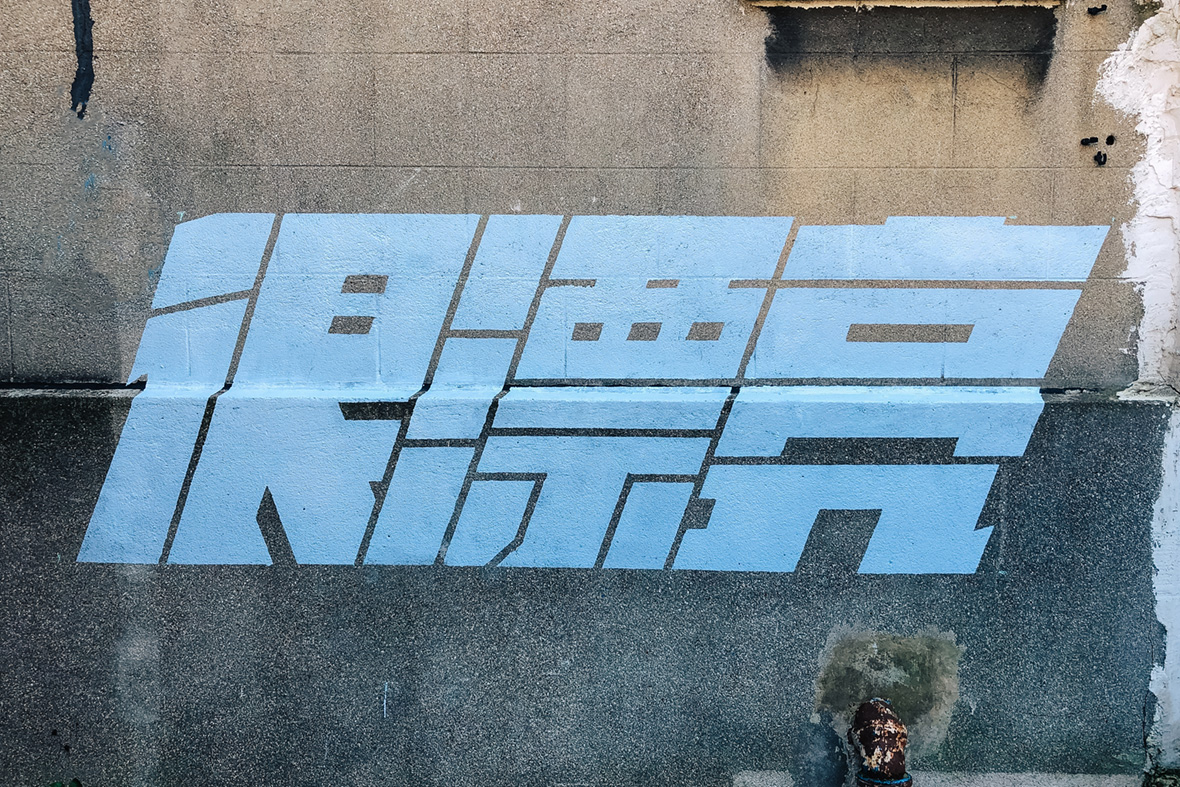
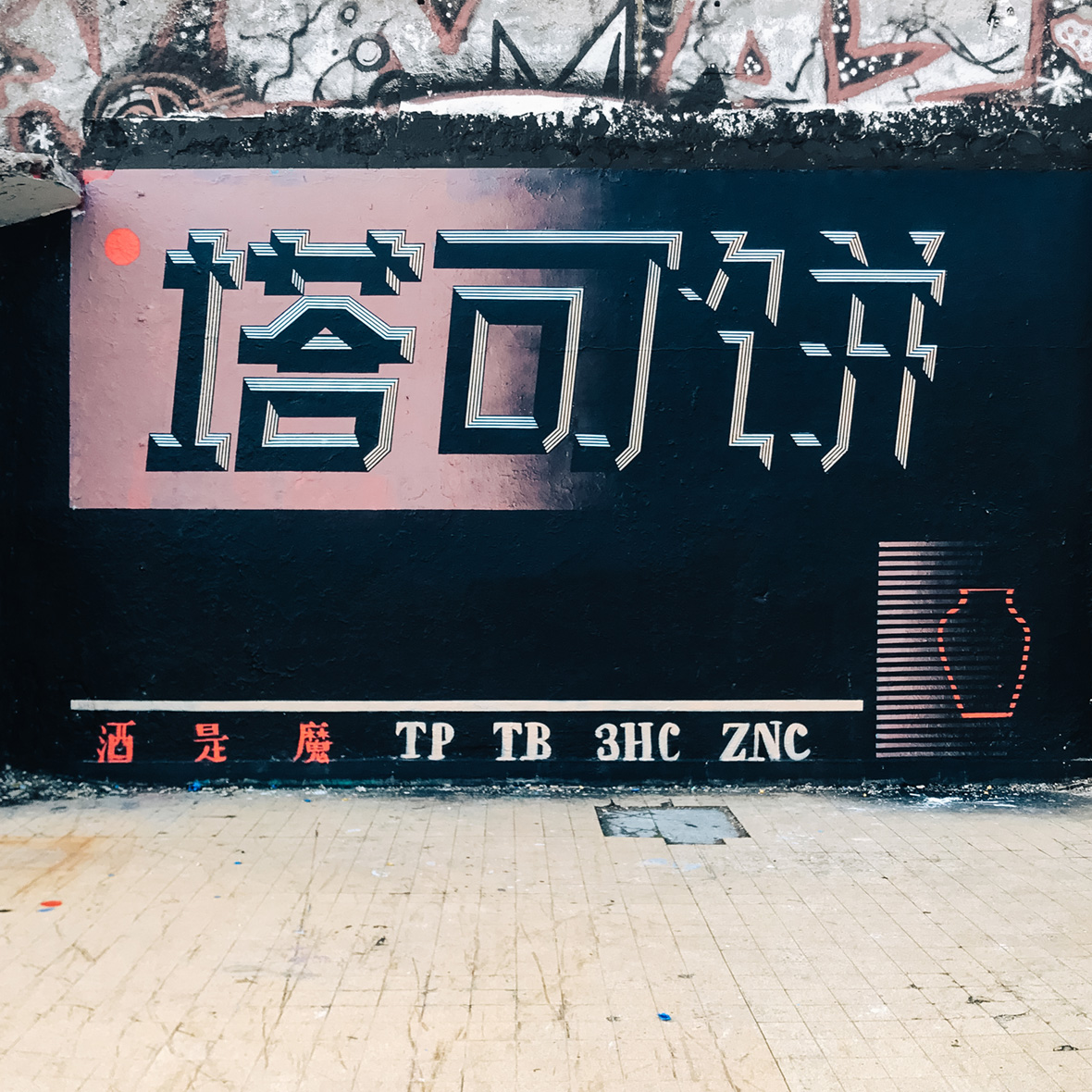
Writing in Chinese is a very different experience. Tacos explains that you can’t do wildstyle, because simply adding a dot or one line can change the meaning of some characters entirely. “Some of the characters are already so complex anyway that you don’t need to add anything.”
Tacos’ work is also a way for him to explore the culture he was raised around and show love to his roots. “I feel like my graffiti is more Chinese than French. We used local paints, dealt with the local circumstances, and didn’t follow the French movements. It’s definitely a shout out to Shanghai.”
用汉字进行涂鸦创作是一种与众不同的体验,Tacos 认为狂野派并不适用于这样的涂鸦方式,哪怕多一个逗号或线条都会改变文字本身的意思。“有些汉字本身已经非常复杂了,再加内容只会多此一举。”
对 Tacos 来说,他的作品探索了成长的经历、文化,追溯着他的根源。“相比于法国,我觉得我的涂鸦更具中国特色。我们因地制宜,而不是照猫画虎。这些作品形式绝对是对上海这座城市的一种呼应。”
Like our stories? Follow us on Facebook and Instagram.
Instagram: @tacosone
Contributor: Mike Steyels
Chinese Translation: Pete Zhang

